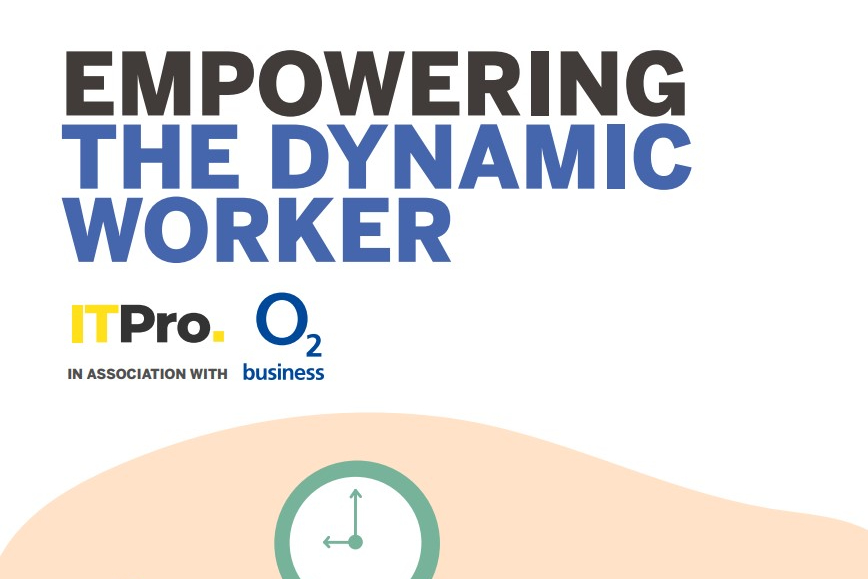Content fraud levels continue to rise in 2021
The pandemic has ushered in a new level of scams and misinformation


Content fraud levels that spiked at the start of the COVID-19 pandemic aren't dropping off as the world recovers. In fact, they're getting worse, according to a report released today by fraud prevention company Sift.
The company analyzed content that it blocked on over 34,000 websites, including forums, marketplaces, and social media channels. It found that while fraudulent content spiked by 77% in Q1 last year, just as the pandemic took hold, it did not revert this quarter. Year-on-year figures for Q1 2021 show the average rate of fraudulent content it blocked rose another 18%.
The continuing rise in online fraud stems in part from changing commerce patterns as transactions move online, the company said in its report. This has accelerated as retailers and other businesses find ways to survive during the pandemic.
Sift, which also polled adults nationwide in May, found that 59.4% of blocked posts attempted to scam users, while 22.2% were marked “irrelevant.” Almost one in five (18.3%) posts were labeled toxic, meaning they harassed other users and often contained hate speech.
User-generated content has become a go-to method for defrauding consumers, the company warned, as criminals use various online channels to post scam content. The fraud ranges from romance and employment scams to fake marketplace listings and artificially boosted reviews.
RELATED RESOURCE

Social media channels were the most popular avenue for content fraud, as 61% of respondents ranked it highly. Next came online classifieds at 28%, dating sites at 24%, marketplaces at 21%, and crowdfunding sites at 15%. These figures also include misinformation, such as anti-vaccination conspiracy theories.
Over a quarter of respondents said they have run across fraudulent content at least weekly. The types of fraudulent content encountered most frequently were spam and scam at around 50% each. Misinformation was a close third at 43%.
Sign up today and you will receive a free copy of our Future Focus 2025 report - the leading guidance on AI, cybersecurity and other IT challenges as per 700+ senior executives
Danny Bradbury has been a print journalist specialising in technology since 1989 and a freelance writer since 1994. He has written for national publications on both sides of the Atlantic and has won awards for his investigative cybersecurity journalism work and his arts and culture writing.
Danny writes about many different technology issues for audiences ranging from consumers through to software developers and CIOs. He also ghostwrites articles for many C-suite business executives in the technology sector and has worked as a presenter for multiple webinars and podcasts.
-
 Trump's AI executive order could leave US in a 'regulatory vacuum'
Trump's AI executive order could leave US in a 'regulatory vacuum'News Citing a "patchwork of 50 different regulatory regimes" and "ideological bias", President Trump wants rules to be set at a federal level
-
 TPUs: Google's home advantage
TPUs: Google's home advantageITPro Podcast How does TPU v7 stack up against Nvidia's latest chips – and can Google scale AI using only its own supply?
-
 FBI warns scammers are using cryptocurrency ATMs to siphon cash
FBI warns scammers are using cryptocurrency ATMs to siphon cashNews Criminals will stay on phone with victims as they make payments, says advisory
-
 Hackers fake DocuSign and offer fraudulent signing methods
Hackers fake DocuSign and offer fraudulent signing methodsNews Criminals impersonate the e-signing company to steal credentials
-
 Account takeovers rise nearly threefold during pandemic
Account takeovers rise nearly threefold during pandemicNews Financial services hit hardest by account hijackers, says Sift report
-
 Cyber criminals leak one million credit cards on the dark web
Cyber criminals leak one million credit cards on the dark webNews Among the stolen hoard are customer details from US and Canadian banks
-
 SentiLink raises $70 million for its identity verification platform
SentiLink raises $70 million for its identity verification platformNews SentiLink’s ID Theft Score helps businesses combat synthetic fraud
-
 What is DMARC and how can it improve your email security?
What is DMARC and how can it improve your email security?In-depth Protect your customers and brand rep with this email authentication protocol for domain spoofing
-
 FTC warns of rising cryptocurrency fraud
FTC warns of rising cryptocurrency fraudNews Marked rise in cryptocurrency losses began just as pandemic took hold
-
 E-commerce fraud to surpass $20 billion this year
E-commerce fraud to surpass $20 billion this yearNews Research finds merchants need to do more to implement fraud prevention
